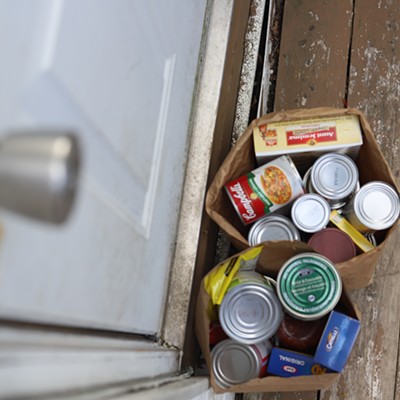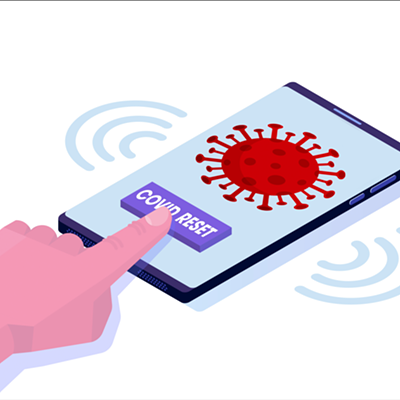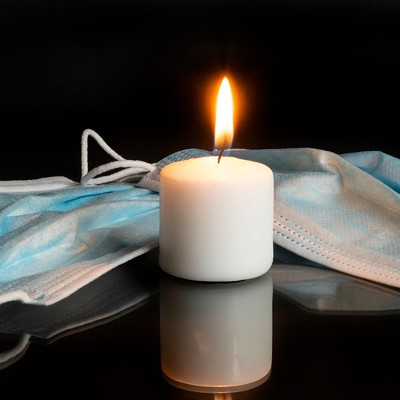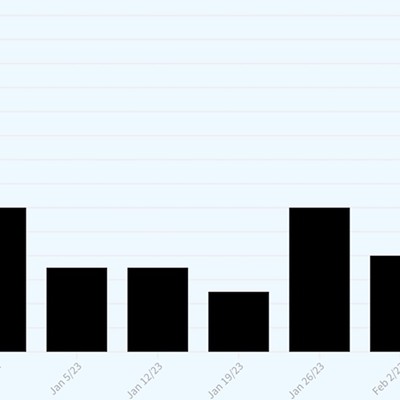The biggest takeaway from January 5’s COVID-19 briefing from premier Tim Houston and Doctor Strang—aside from news that schools would continue online learning for another week—was changes to the self-isolation program for COVID patients and close contacts. The shortened isolation requirements for most come into effect 6am Jan 7.
“The changes in self-isolation requirements are based on the latest evidence that shows a person with the Omicron variant is most infectious in the couple of days before and after symptoms develop, and the virus transmits more quickly between cases and their susceptible contacts,” explains the press release from the province, before diving into the new rules, quoted below:
Fully vaccinated person or a child 11 years old or younger
- must isolate for a minimum of seven days following the onset of symptoms or a positive test if asymptomatic
- can leave isolation after Day 7 if there are no symptoms or symptoms are improving and there has been no fever for at least 24 hours
Unvaccinated or partially vaccinated person or a person who is immunocompromised
- must isolate for a minimum of 10 days
- can leave isolation after Day 10 if they no longer have symptoms or symptoms are improving and there has been no fever for at least 24 hours.
Isolation requirements apply regardless of the type of test taken (rapid test or lab-based PCR test).
Changes to Isolation Requirements for Close Contacts
If a fully vaccinated person or child who is 11 or younger is identified as a close contact of a positive case:
- they should get tested 72 hours after exposure and watch for symptoms
- if they take a PCR test, no further testing is needed unless they develop symptoms
- if they take a rapid test, they should do a second rapid test 48 hours after the first.
Until they get their first negative test result, they should:
- stay at home except to go to school, work or child care
- work from home as much as possible
- practise physical distancing when at work or school, including while eating or drinking
- wear a properly fitted, three-layer mask
- only do essential activities such as getting groceries or prescriptions if there is nobody else who can do it for them.
For all others, including immunocompromised people who haven’t had a booster:
- they must immediately isolate for seven days
- they can leave isolation after two negative rapid tests done on Day 6 and Day 8 or after one negative PCR test done on Day 6 or 7
- if symptoms develop, they must remain isolated and get tested.
Isolating in Household
If someone with COVID-19 can isolate completely separately from the rest of their household, then other members of the household follow the direction for close contacts. However, if the person cannot isolate completely separately, then other members of the household must isolate along with them for the duration of their isolation – regardless of their vaccination status – and should be tested on Day 3 or 4 and again on the last day of isolation. They can leave isolation if the last test is negative.”
Read a full update from the government—with info on long-term care facilities and more—here.



















